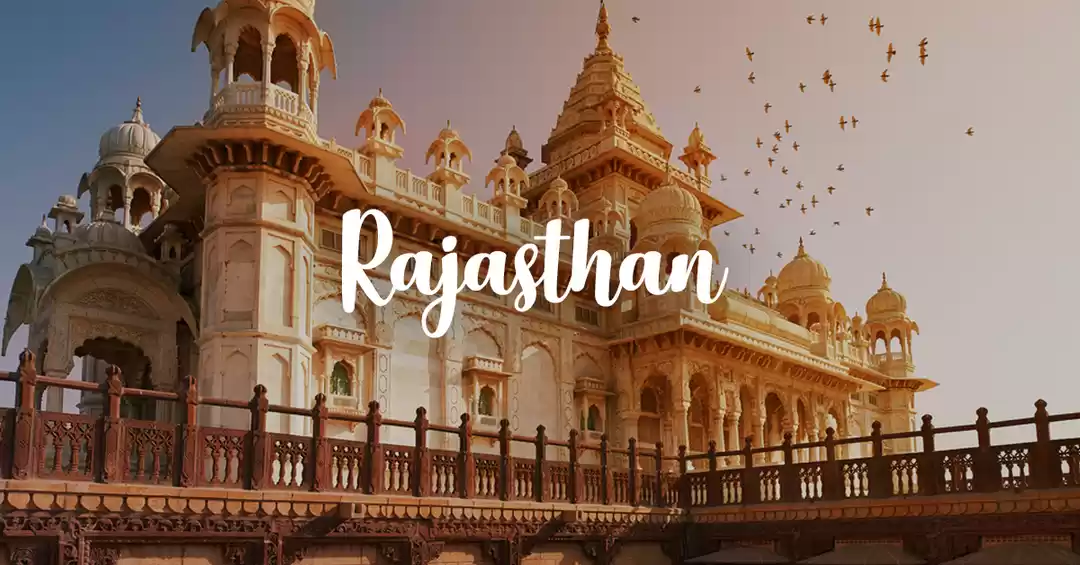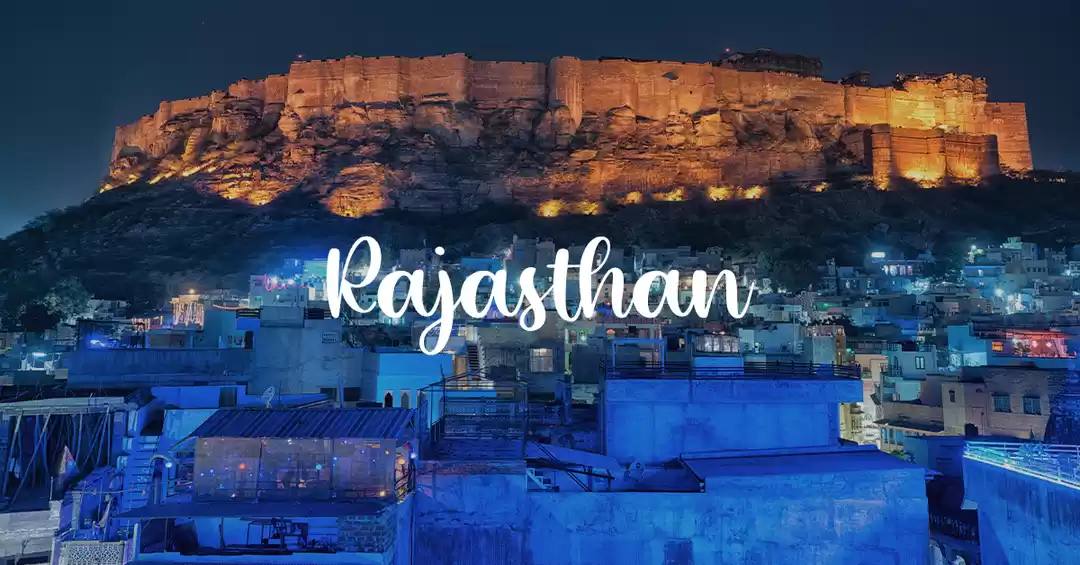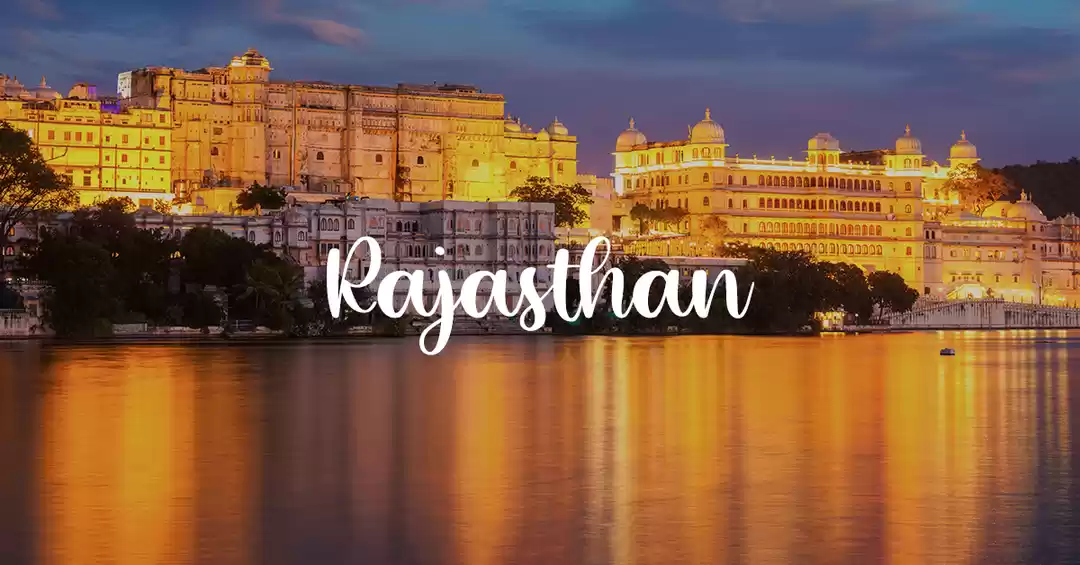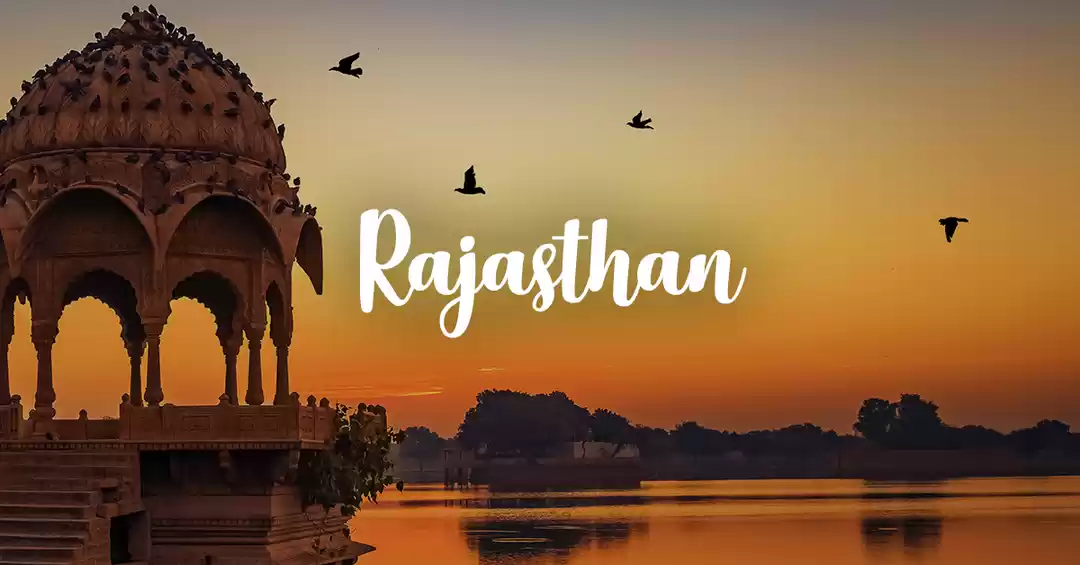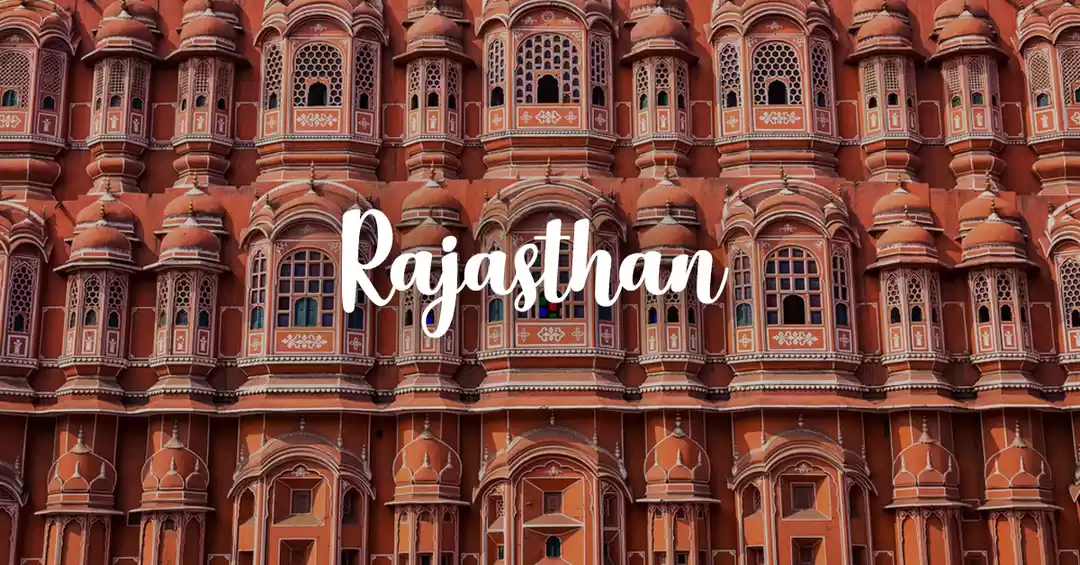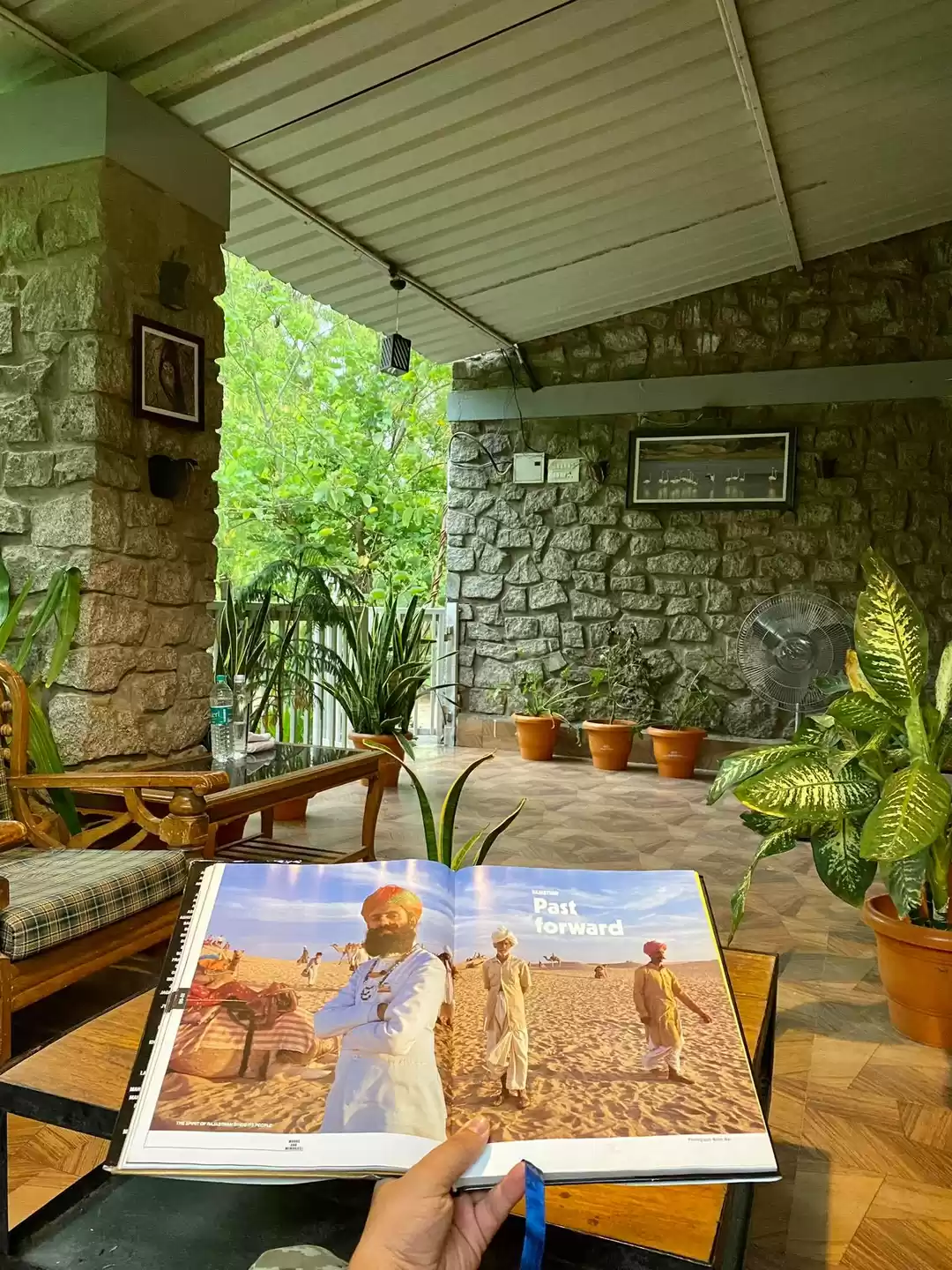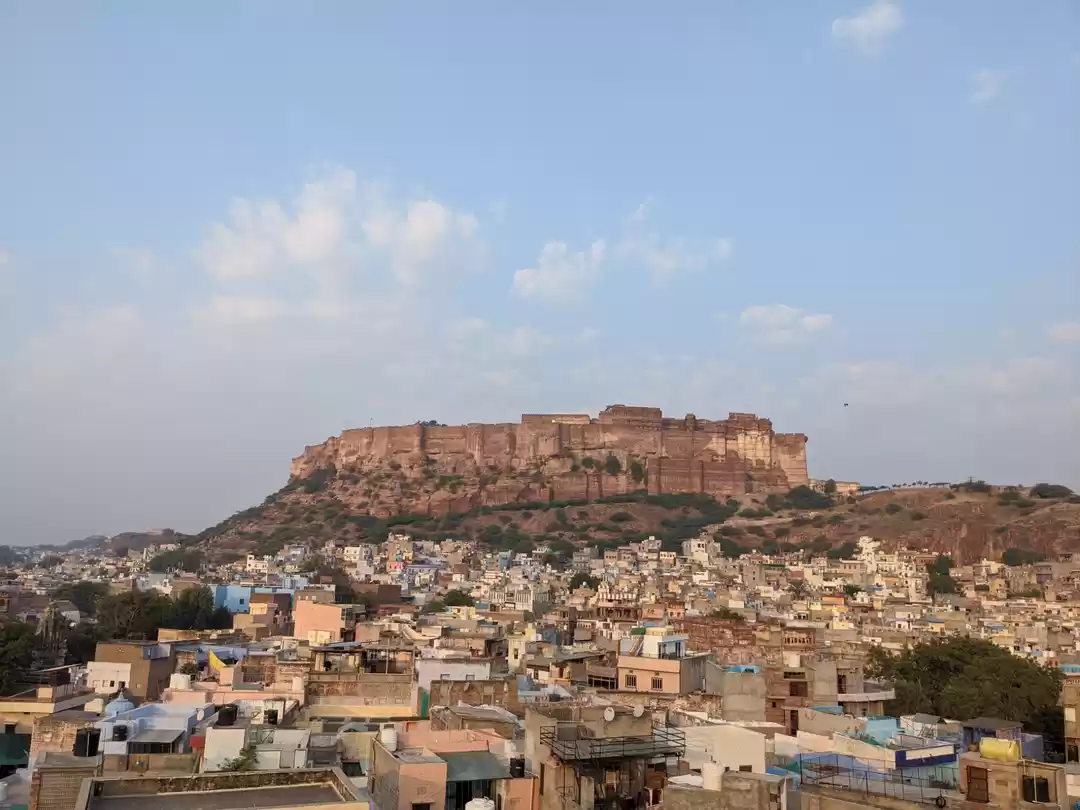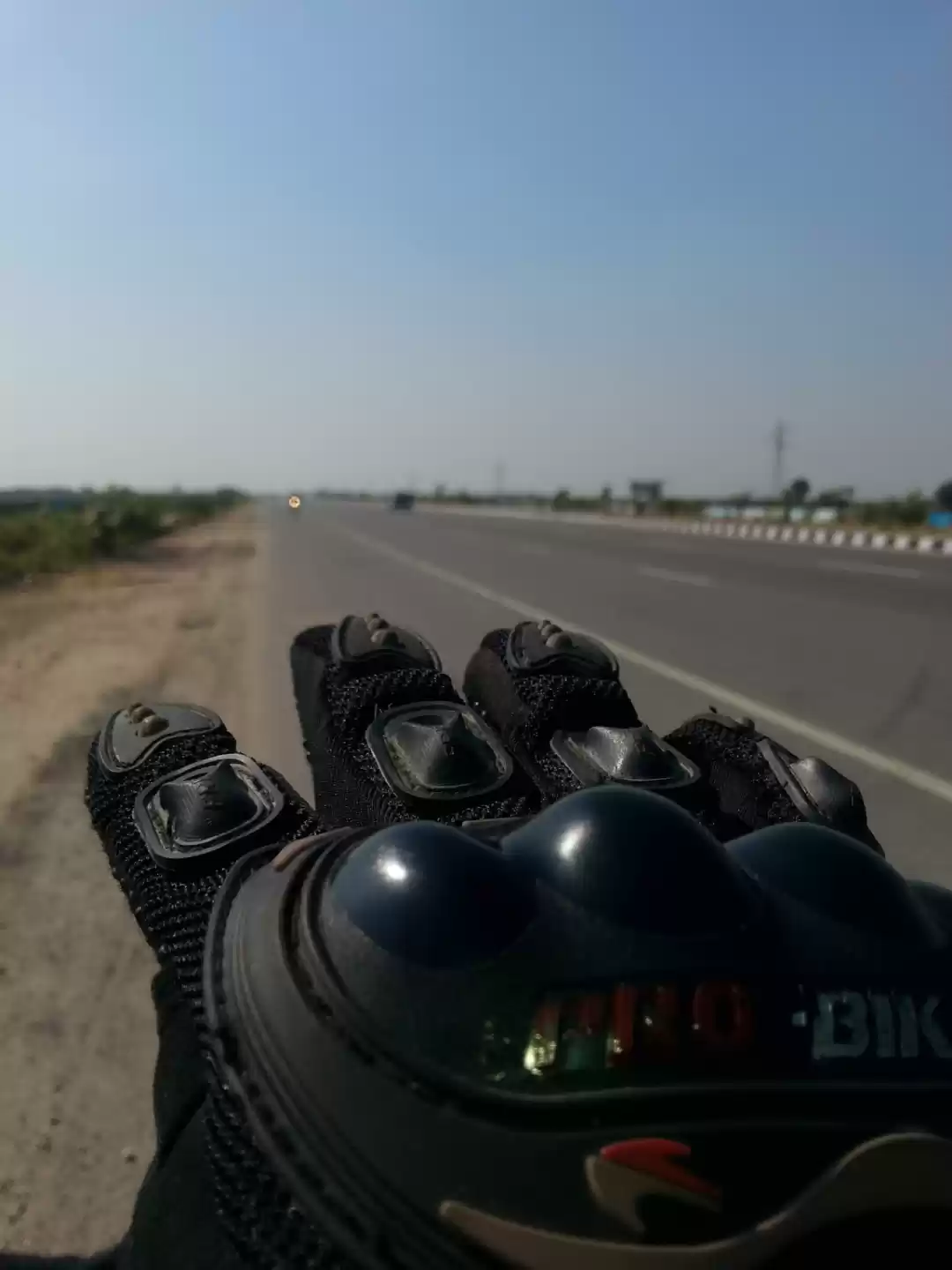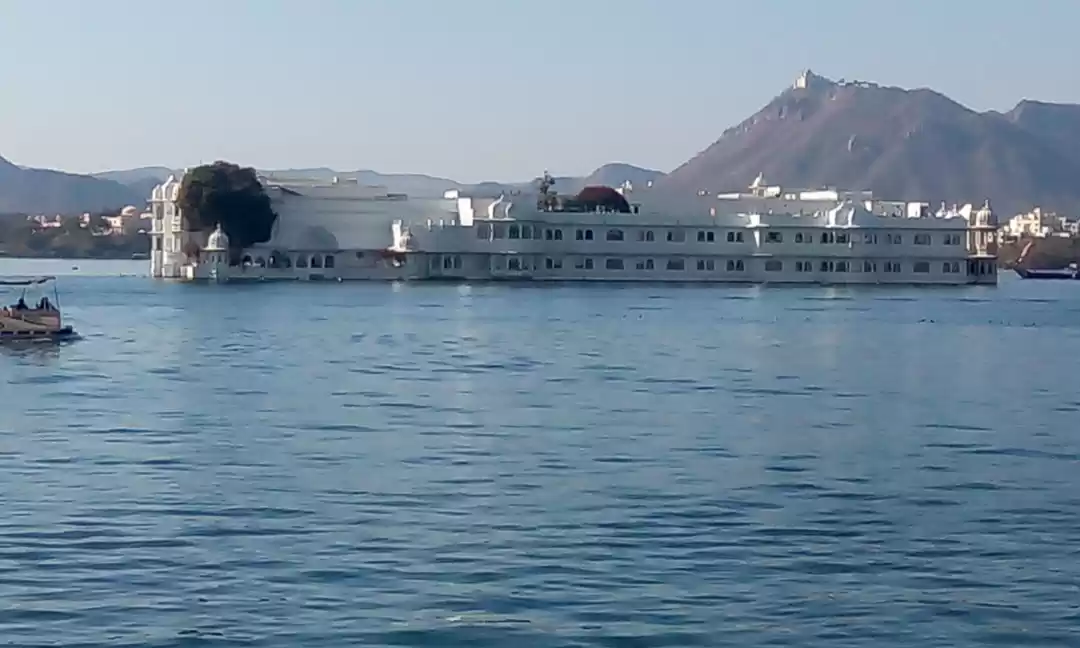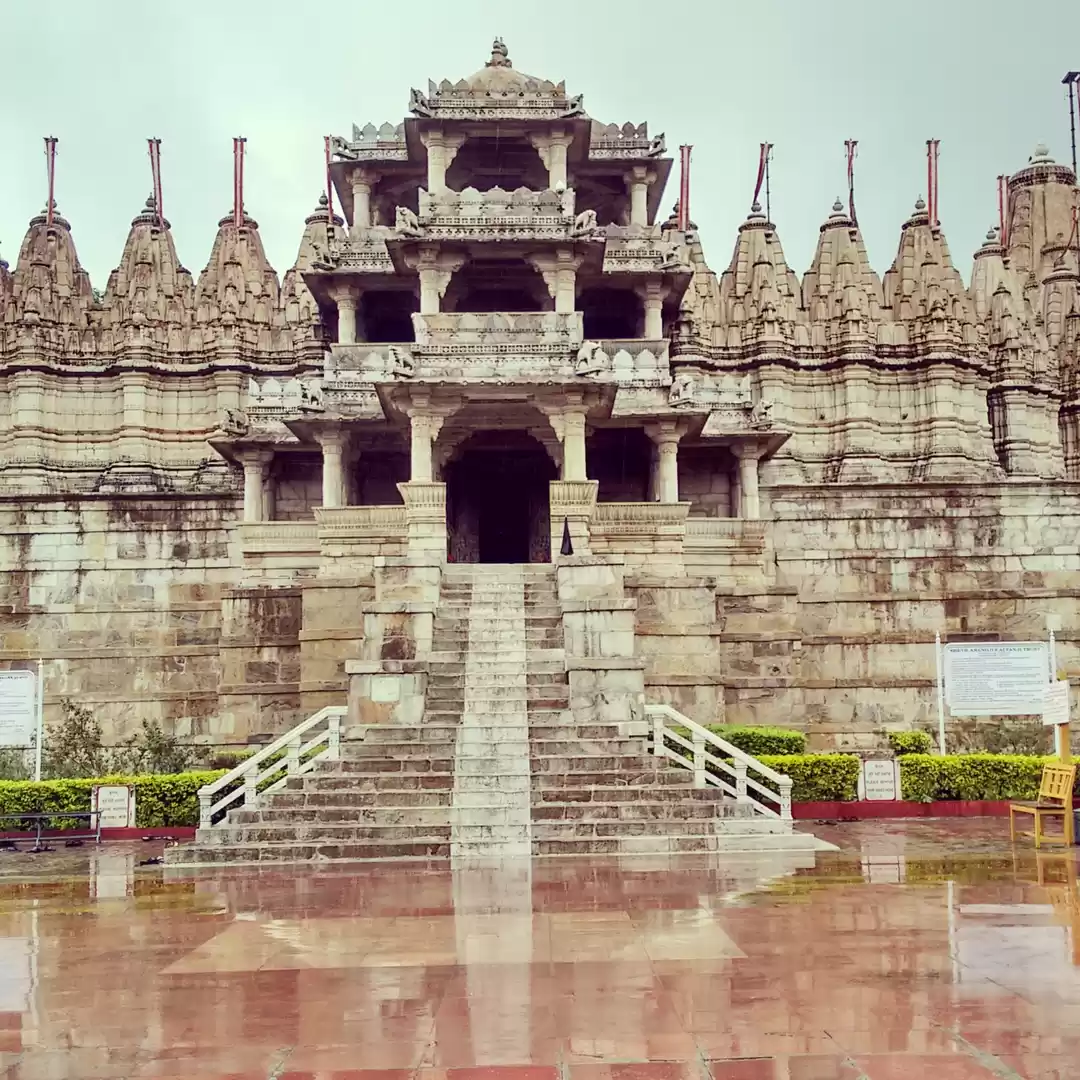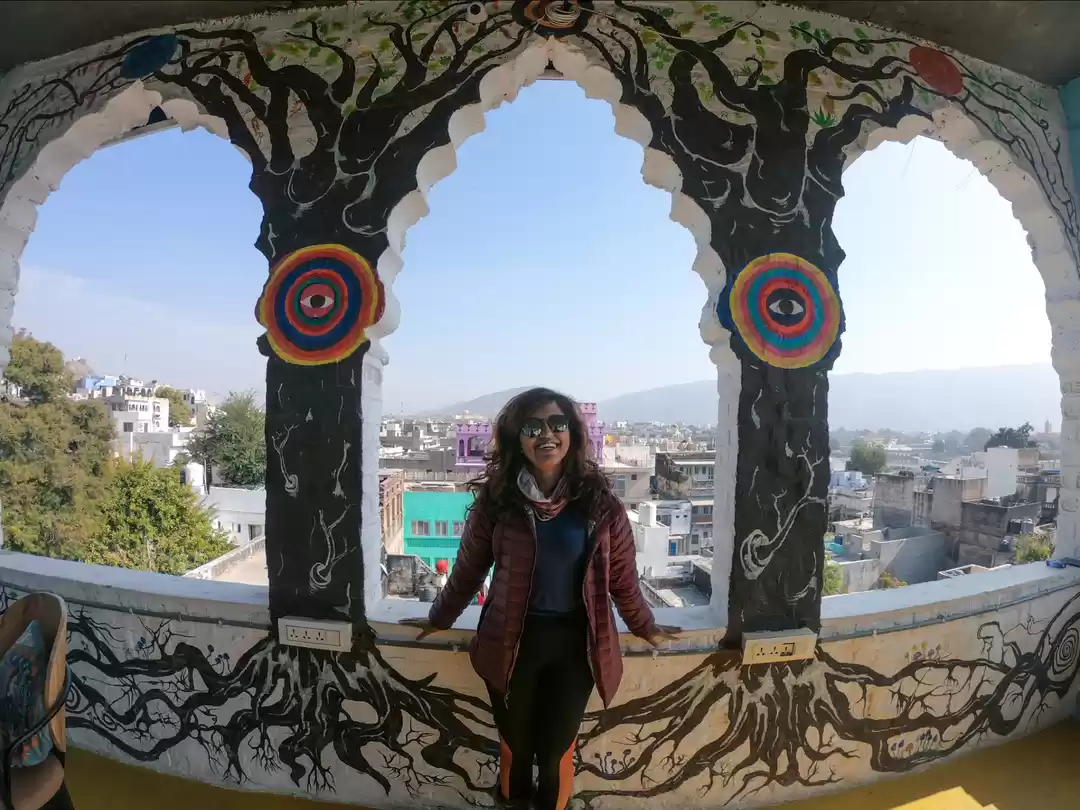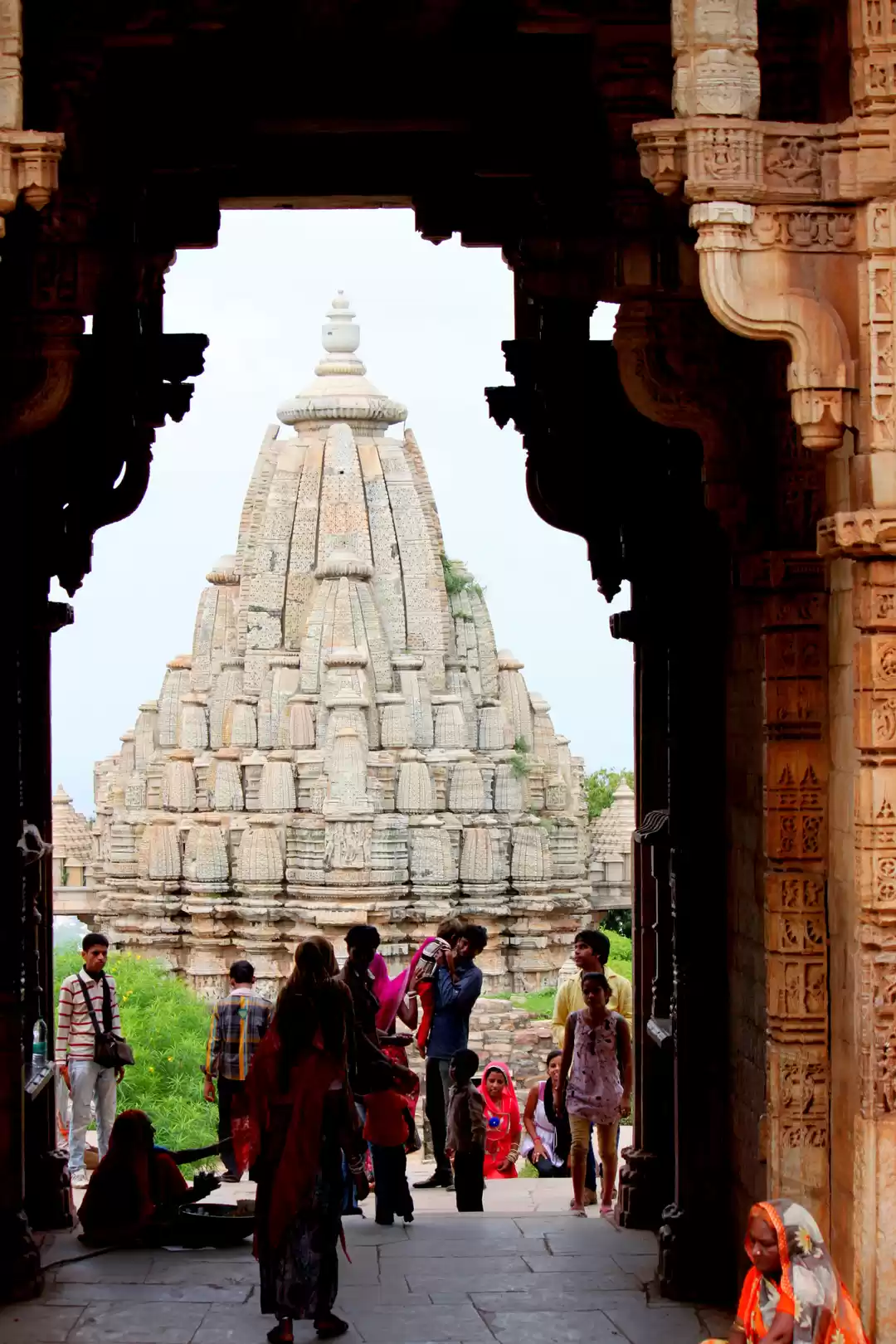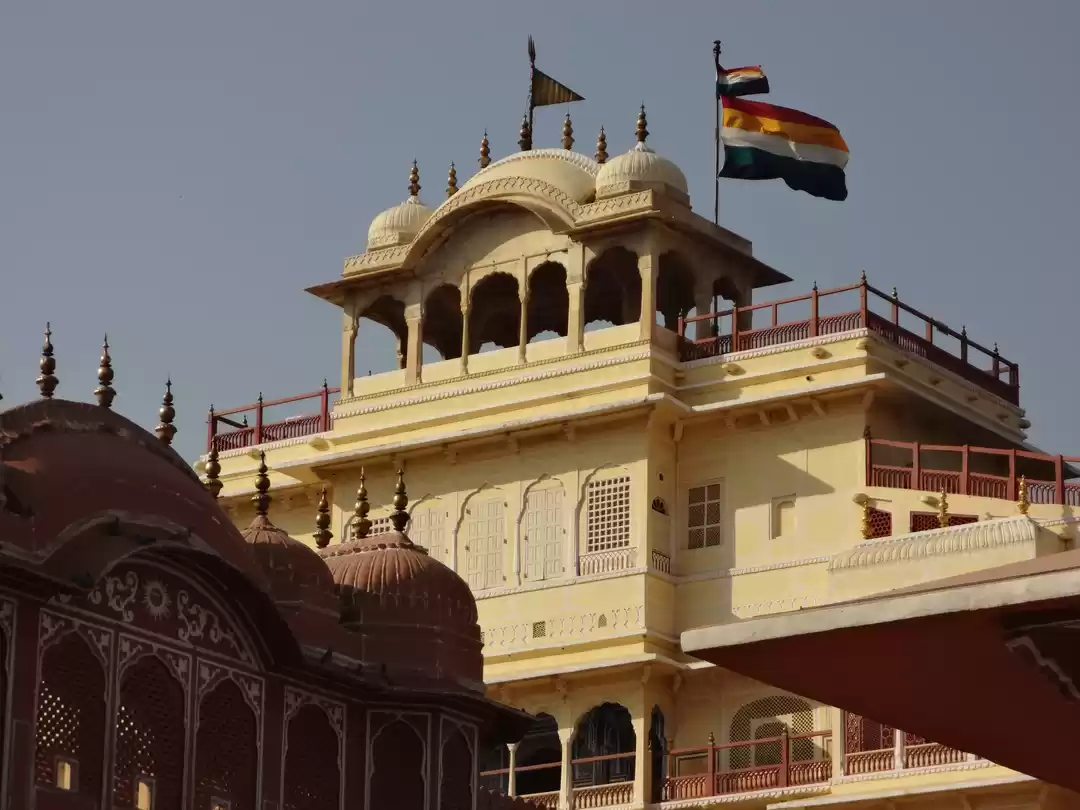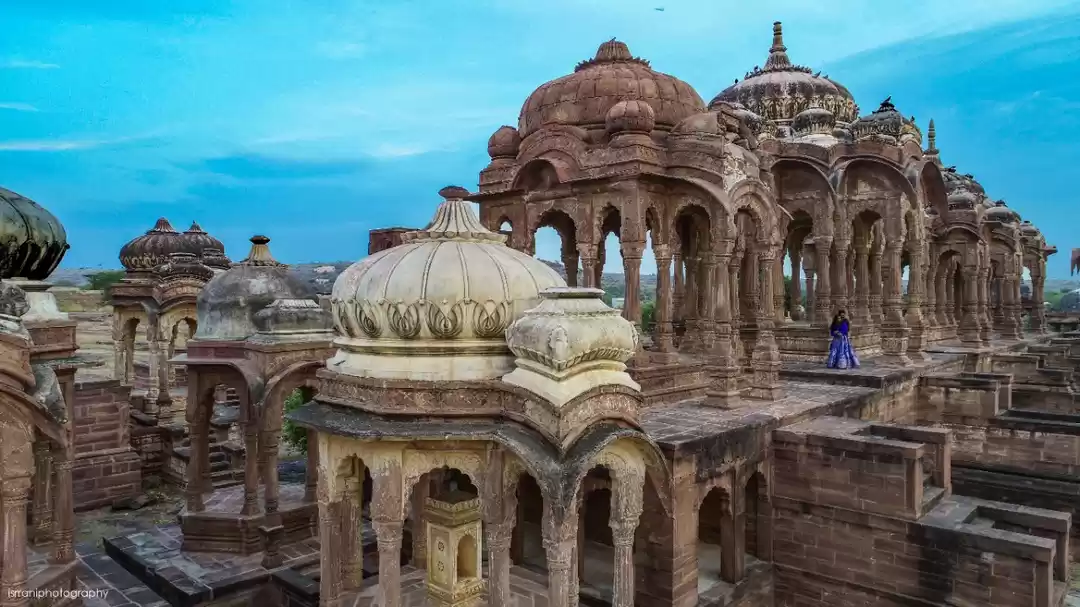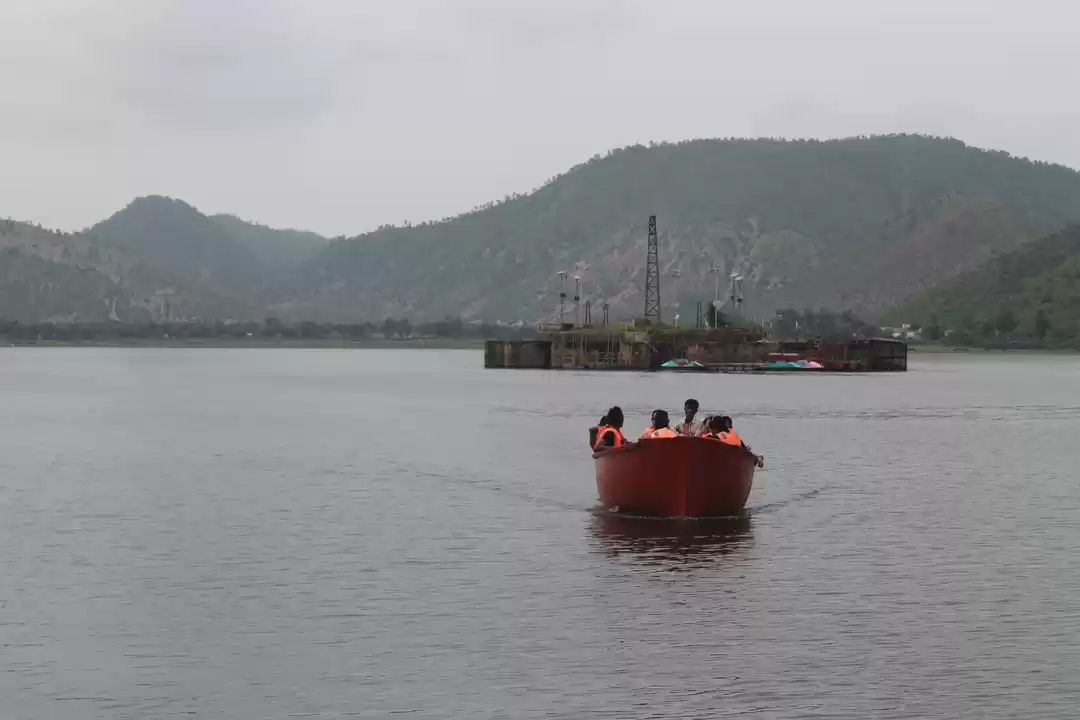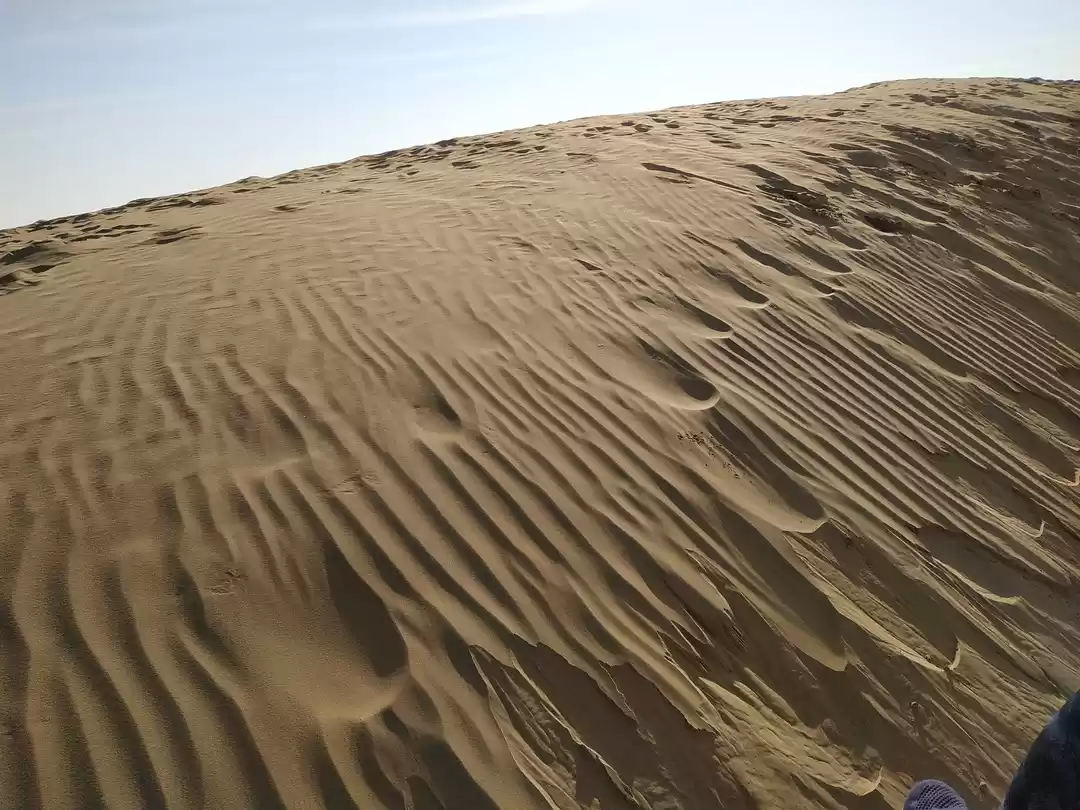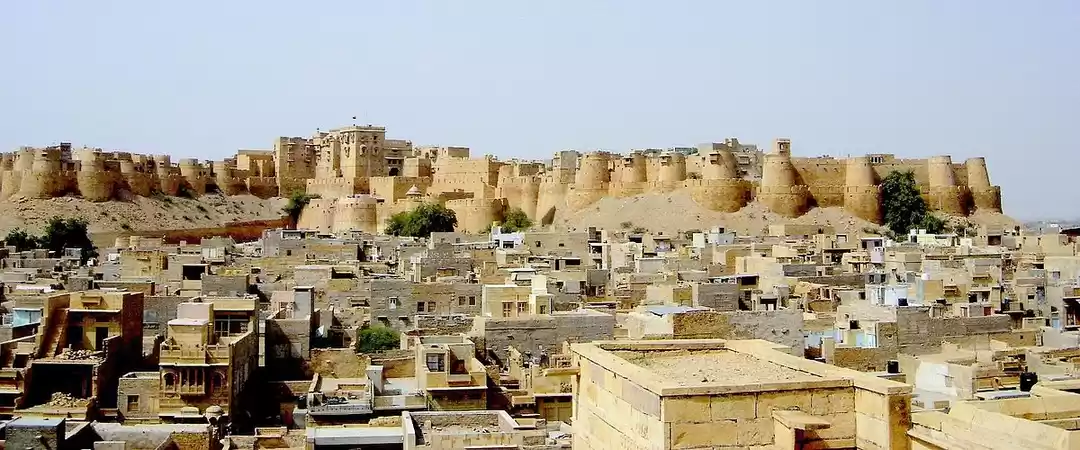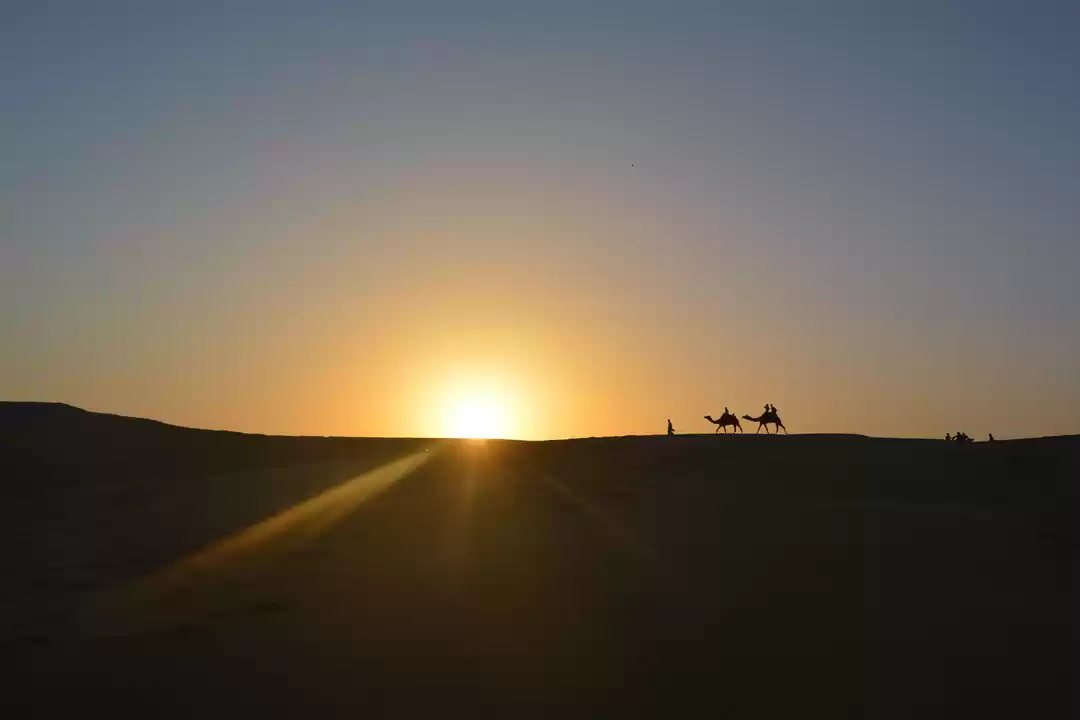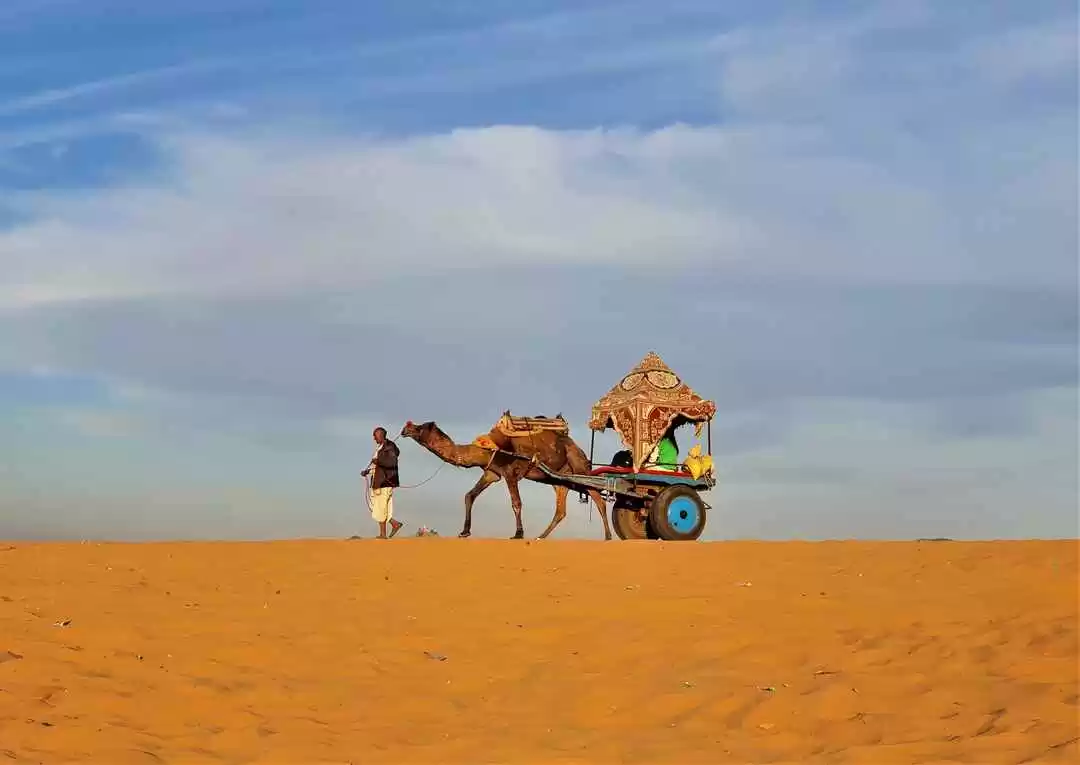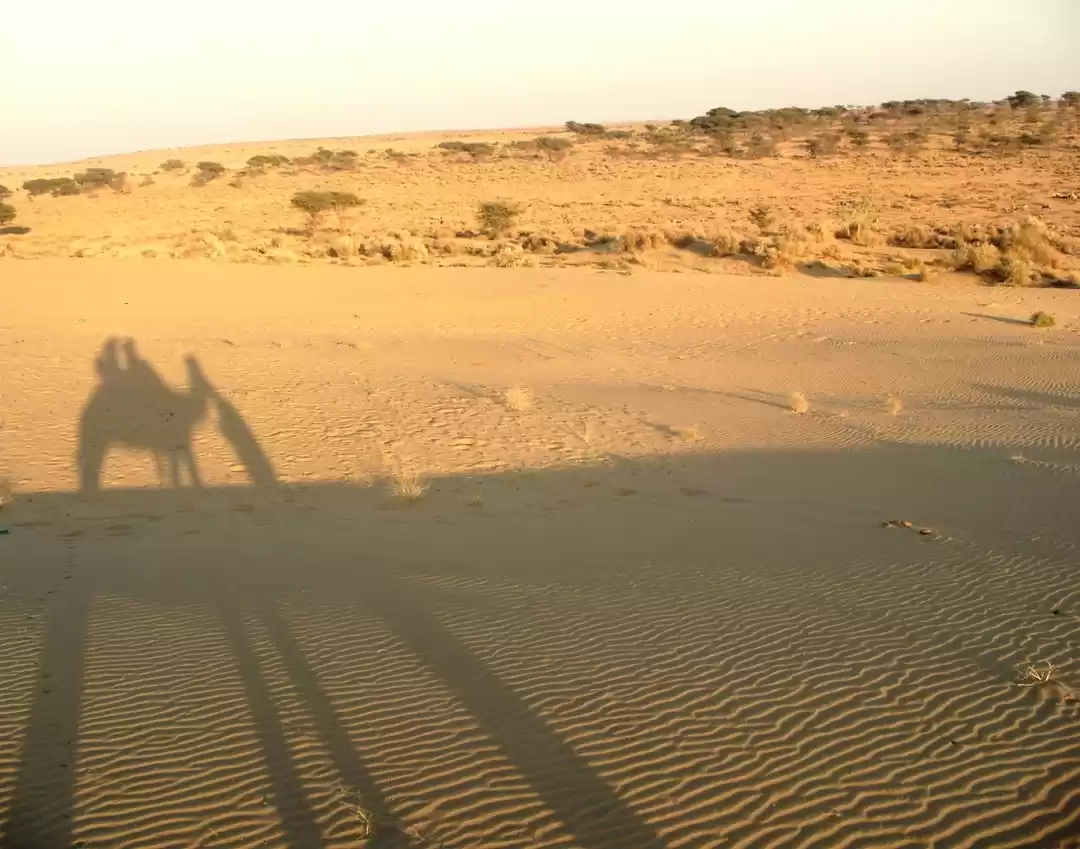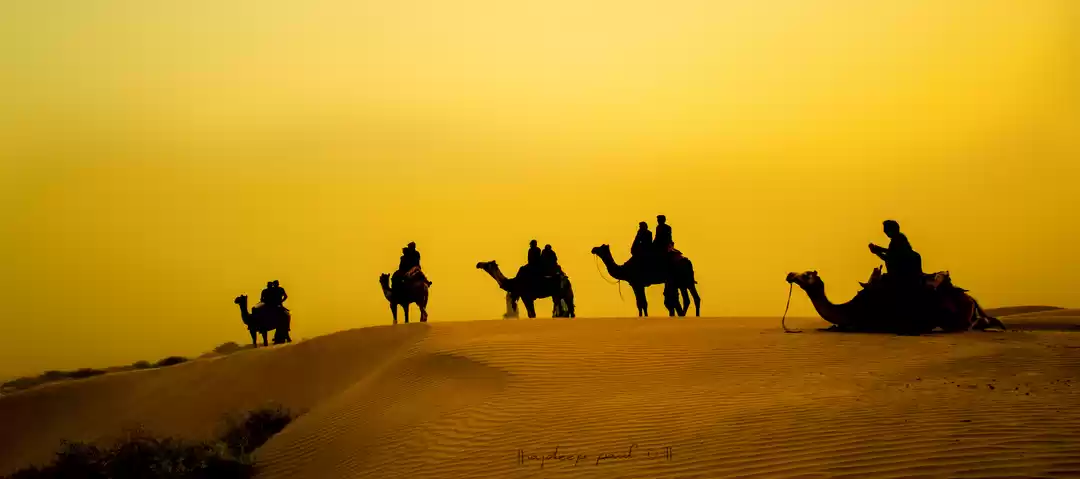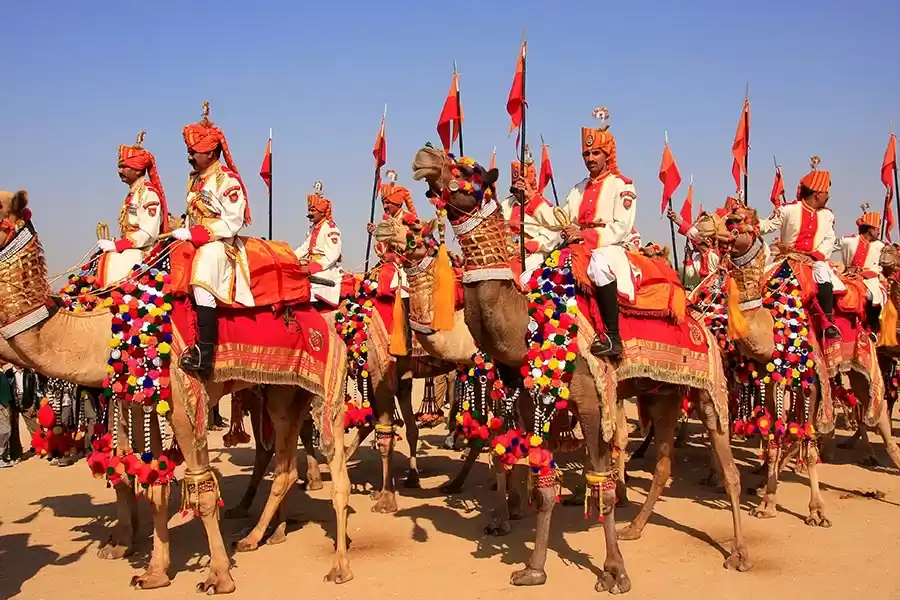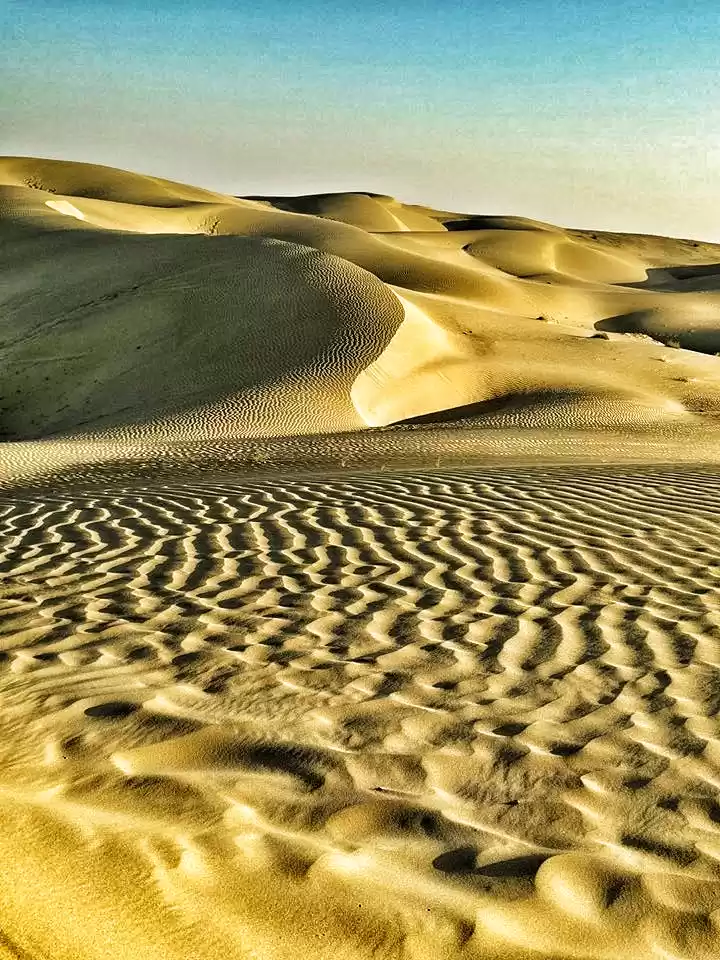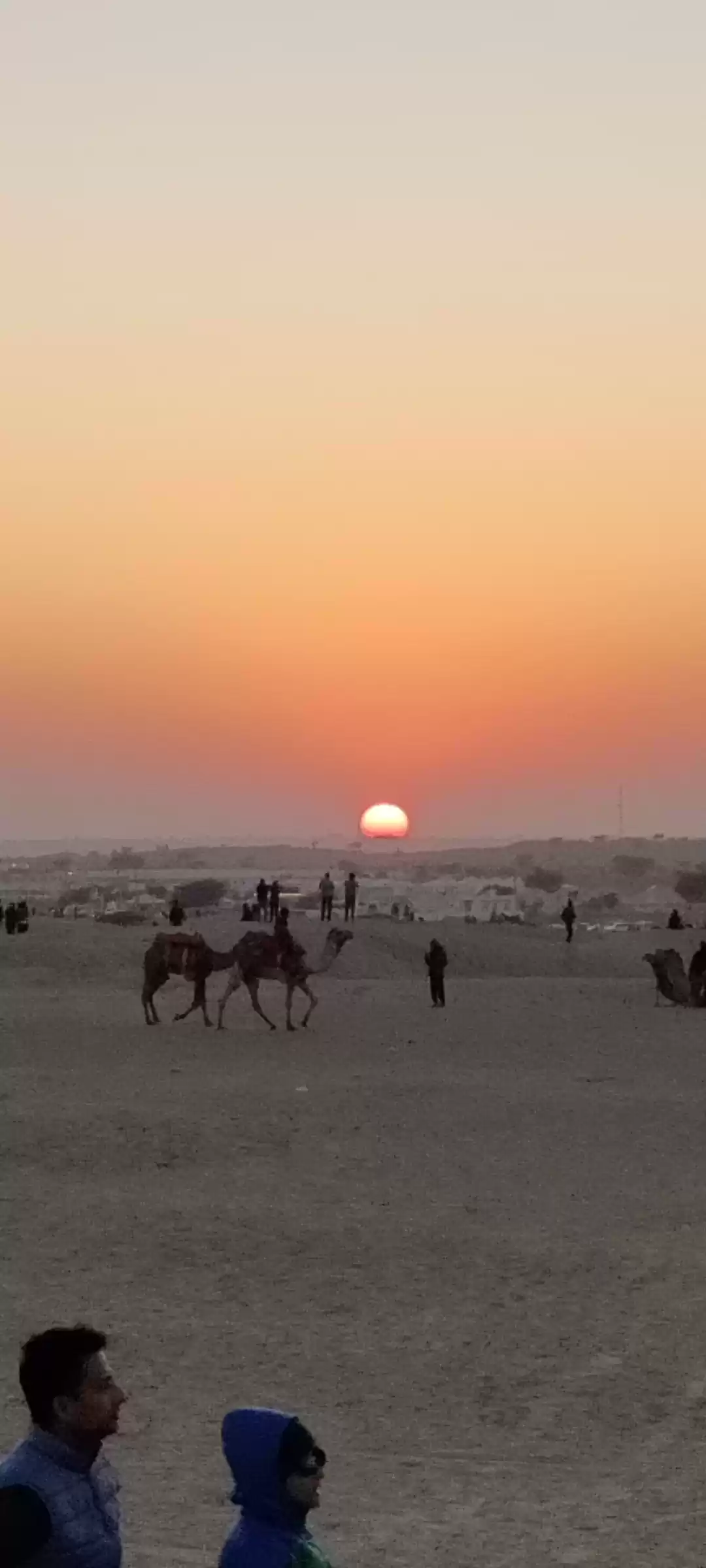
Massive dust storms, caravans of camels, thorny bushes, scary reptiles and desert sands as far as the eye can see – these are possibly the first few things that you associate with Jaisalmer. At least, I know I did. Driving towards one of the largest deserts in the world, I felt like a curious child. What would the landscape look like? Will it be anything like what I’ve seen in films? How will I survive a whole night in a desert? The over-thinker in me was at it.
However, a few moments after ‘checking in’ at our desert camp, we took a short walk to the dunes. I drifted apart and found a secluded dune to sit at. While lazing about in the company of littered packs of chips and cookies, I took a good look around. And in that very moment, I realised that we've messed up. Climate change is real. It’s happening and it’s happening right now!
The curious case of the wet desert
Over the last 10-15 years, the landscape of Jaisalmer has changed drastically. Large expanses of golden sand are long gone. What now remains are patches of sand in the middle of vegetation – plants, bushes and even full-grown trees! Locals claim that Jaisalmer has started receiving more rainfall than ever before. And since the desert sand has excellent water retention abilities, vegetation thrives.

While this would have been an ideal scenario in any other part of the world, the excess rain has not only spoilt Jaisalmer’s landscape but also affected the ecosystem. The flora and fauna that was wired to survive in the desert now struggles with all the excess water that has come into the picture.
How grave is the situation?
There have been multiple instances of flash floods in Rajasthan in the last decade or so – which only reinstates the how big the problem is. According to official data, the desert regions of Rajasthan received approximately 20mm of annual rainfall till the early 90s. The figure shot up to around 150mm by 2000 and the Thar now gets more than 400mm of rain every year. Jodhpur, Jaisalmer, Churu and Bikaner districts have become extremely prone to floods. The year 2019 also saw the Barmer region face the state’s worst flood ever.
Who is to blame?
There is no single factor that can be attributed to climate change in the Thar region. Researchers claim that high temperatures, widespread urbanisation and extreme burden on resources are some of the top factors that give rise to unpredictable weather conditions.

To add to that, excessive tourism has only been making matters worse. At the turn of the decade, there were about 10-15 desert camp operators in the Sam region. Cut to 2019, the figure stands somewhere between 120-130. Every evening, the sand dunes bear witness to flocks of tourists taking camel safaris while others chose to race diesel-run jeeps on the endangered dunes. As if that isn’t enough, nightfall brings about a daily dose of pomp and show – desert camp owners trying to one up each other with tacky lights and loud punjabi music. Sigh.
What can we do as travellers?
Sustainable travel is the need of the hour and the Thar Desert is no different. As travellers, it is high time that we become completely aware of the choices we make. So if you’re planning a trip to the deserts of Rajasthan, make sure you pick your desert experience carefully. Try to stay away from the cheap and popular camps. These operators usually focus on getting footfall and in the process, take up practices that harm the environment. Instead, opt for an operator that promotes sustainable living. Ensure that you and the people around you don’t litter in the desert and disturb the ecosystem. When you venture into the dunes, follow the thumb rule of leaving nothing behind but footprints.
Drone photography by Aryaman Pathania
Click here to share your travel stories with the Tripoto Community and earn Tripoto Credits!
Get travel inspiration from us daily! Save our number and send a Whatsapp message on 9599147110 to begin!




